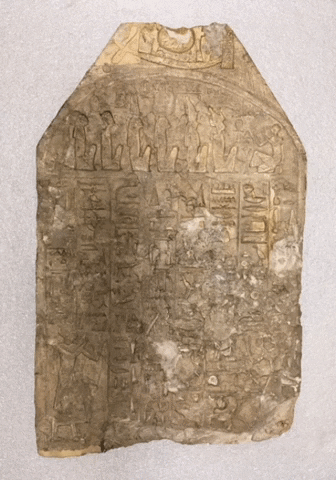https://brooklynmuseum.tumblr.com/post/188277304366
On 10/11/2019 06:00 AM, Brooklyn Museum wrote:
When this limestone stela entered the collection in 1937 from...
When this limestone stela entered the collection in 1937 from the New York Historical Society the surface was described as "blackened" and "much broken". In 2009 Conservation treated the object for a traveling exhibition and tested the stone for soluble salts using filter paper wet with deionized water. When dry, the paper was removed and re-wet with deionized water and tested for nitrates using acidified diphenylamine and chlorides using acidified silver nitrate, and sulphates using acidified barium chloride. The records indicate the samples were wildly positive for nitrates, slightly positive for chlorides, and did not register positive for sulphates. At this time cleaning tests were done using erasures - Staedler and Mars white vinyl erasure and Faber Castell PVC free erasure. There was somewhat of a cleaning effect with the Staedler and Mars cleaning better than the Faber Castell. However, both erasures required a fair amount of pressure that put the flaking stone at too great a risk. Wet cleaning methods were tested using deionized water/ethanol (1:1), acetone, and deionized water, chased with acetone. All methods were applied with cotton swabs. The deionized water was the most effective, with the least amount of pressure. However, because of the presence of soluble salts in the stone water was not a viable treatment option. In 2018 the Conservation Department purchased a laser and this month this stela was finally able to be cleaned.
Posted by Kate Wight Tyler
-- Sent from my Linux system.

No comments:
Post a Comment